Create a design that demonstrates your understanding of the seven core materials in the 2D art studio.
Design possibilities: poster, graphic organizer, visual chart, notes sheet, illustration, mixed-media art piece, etc.
Design styles: unplanned, organic, spontaneous, or structured, organized, measured, calculated
18x23” on tagboard (150lb. drawing paper), seven small studies, vertical or horizontal format.
Seven core materials:
Drawing: graphite pencil, charcoal, pen & marker
Painting: India ink, watercolor, acrylic, oil
*collage and pastel may be used as well
Consider the three major styles: Representation, Abstraction, Non-objective
A short demonstration will be conducted for each material/process, however, students are encouraged to experiment. Note-taking during demonstrations should be included on the piece. *note-taking, headings, thoughts, journaling, etc.
Your piece must be mounted to a drawing board with blue painter's tape.
This project includes aspects of 3 major styles of art:
Realism - art that depicts objects/people in a realistic way.
Abstract - art that depicts objects/people in a semi-form creation
Non-Objective - art that does not depict any form, just design, and expression.
Your project can include any of all of these styles however you'd like. The goal here is to experiment so that you have a better understanding of both materials and styles of creating art. Having this foundational knowledge will better prepare you for how to function to your highest ability throughout this course. SO TRY NEW THINGS, EXPERIMENT WITH SOMETHING YOU WOULD NORMALLY SHY AWAY FROM, AND MOST IMPORTANTLY DOCUMENT DOCUMENT DOCUMENT! Take notes about your process. What works? What doesn't? What would you do differently next time? How can you use these new skills? What additional support do you need from me?
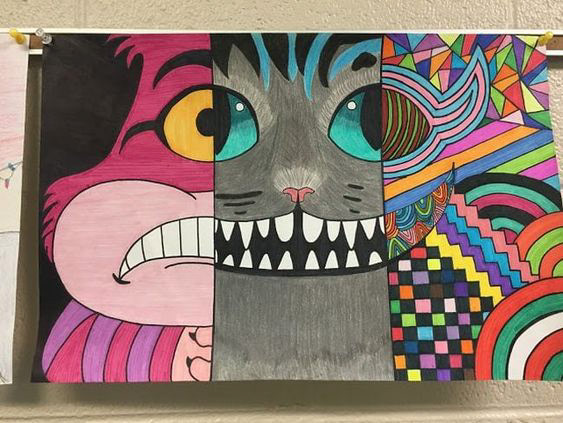
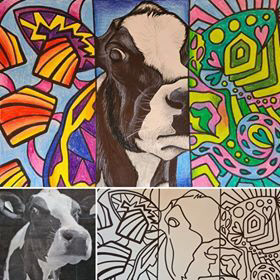
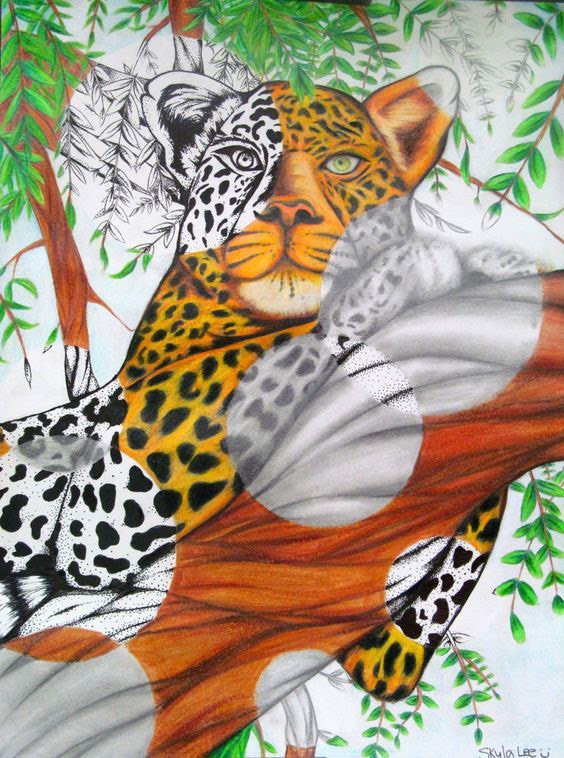
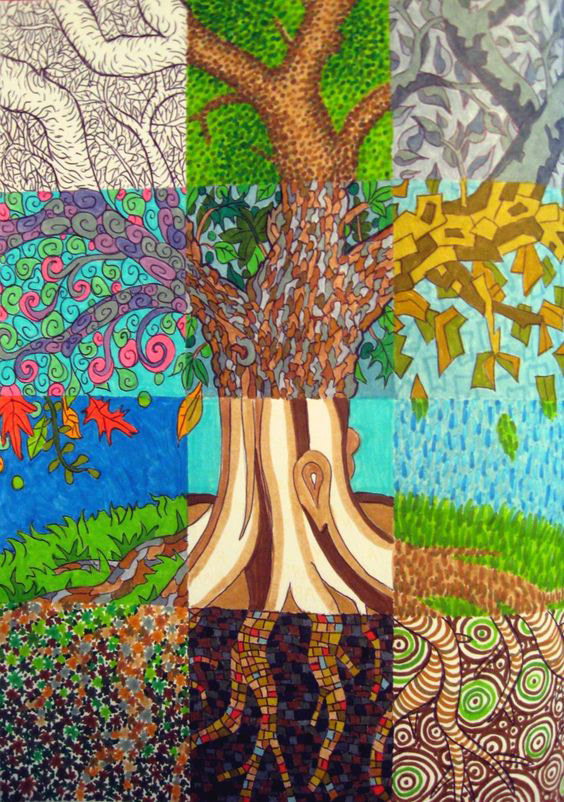

Core Material 1: Graphite Pencil
What do the abbreviations on the pencils mean?
The degree of hardness of a pencil is printed on the pencil. The degrees of hardness of pencils are roughly divided into four groups:
B stands for "black". These pencils are soft.
H stands for "hard".
HB stands for "hard black", which means "medium-hard".
F stands for "firm".
Sometimes the alphabetic characters are preceded by numbers. They make an even more precise statement about the degree of hardness or color intensity of the pencil. The higher the number, the harder, softer, or blacker the pencil is.
Drawing Textures
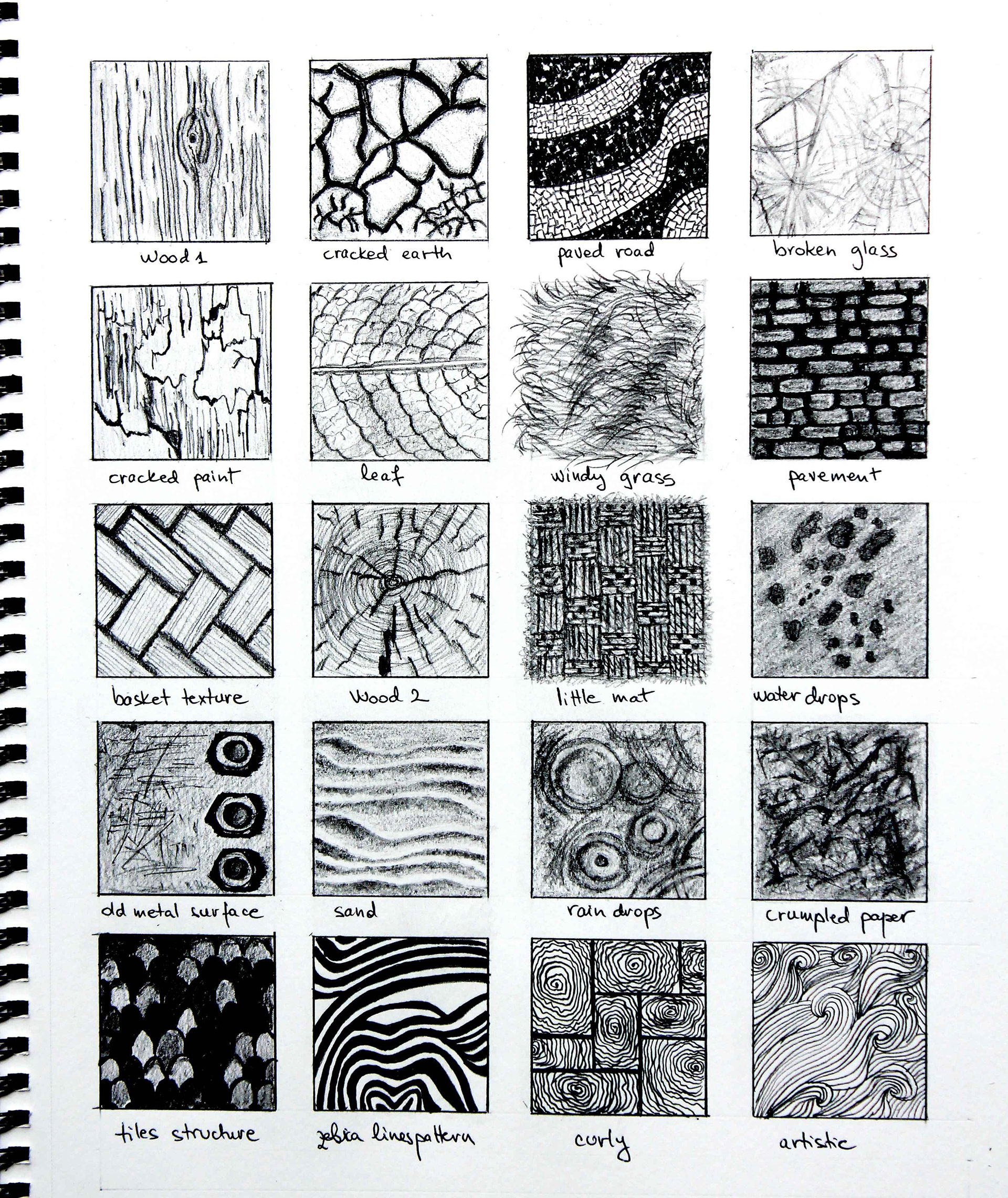
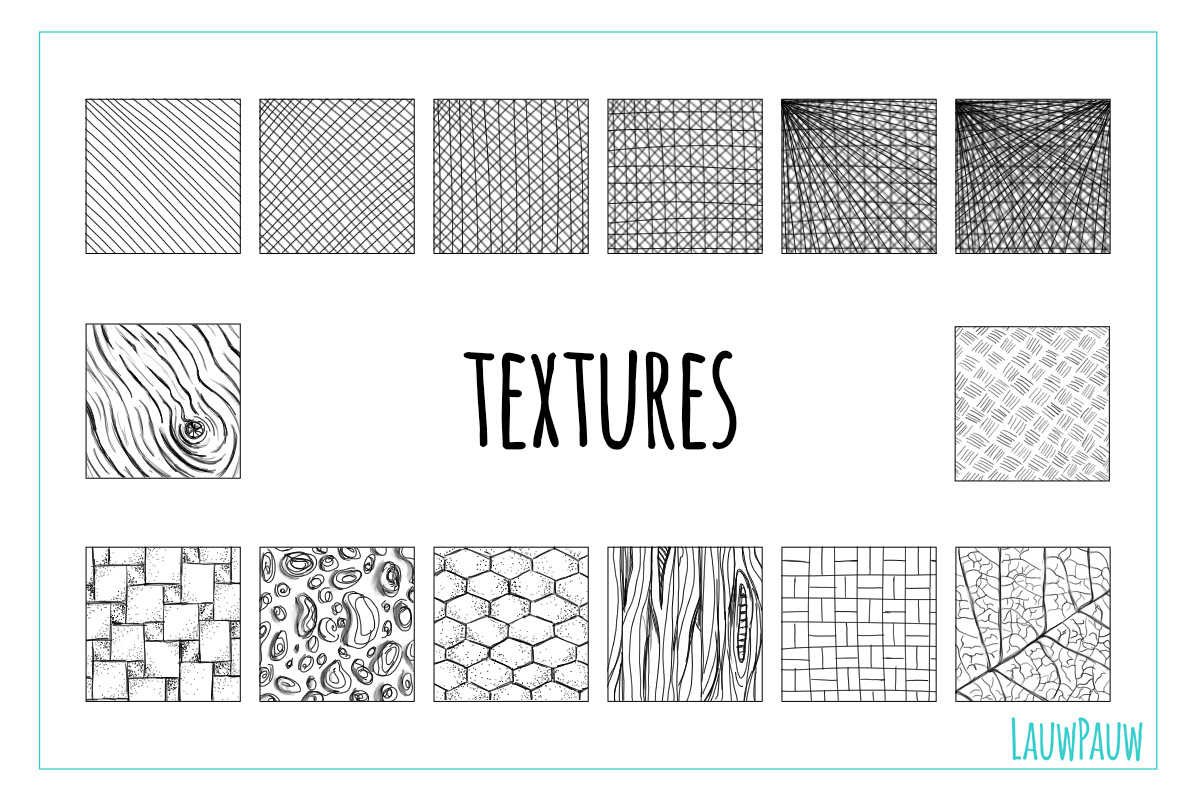


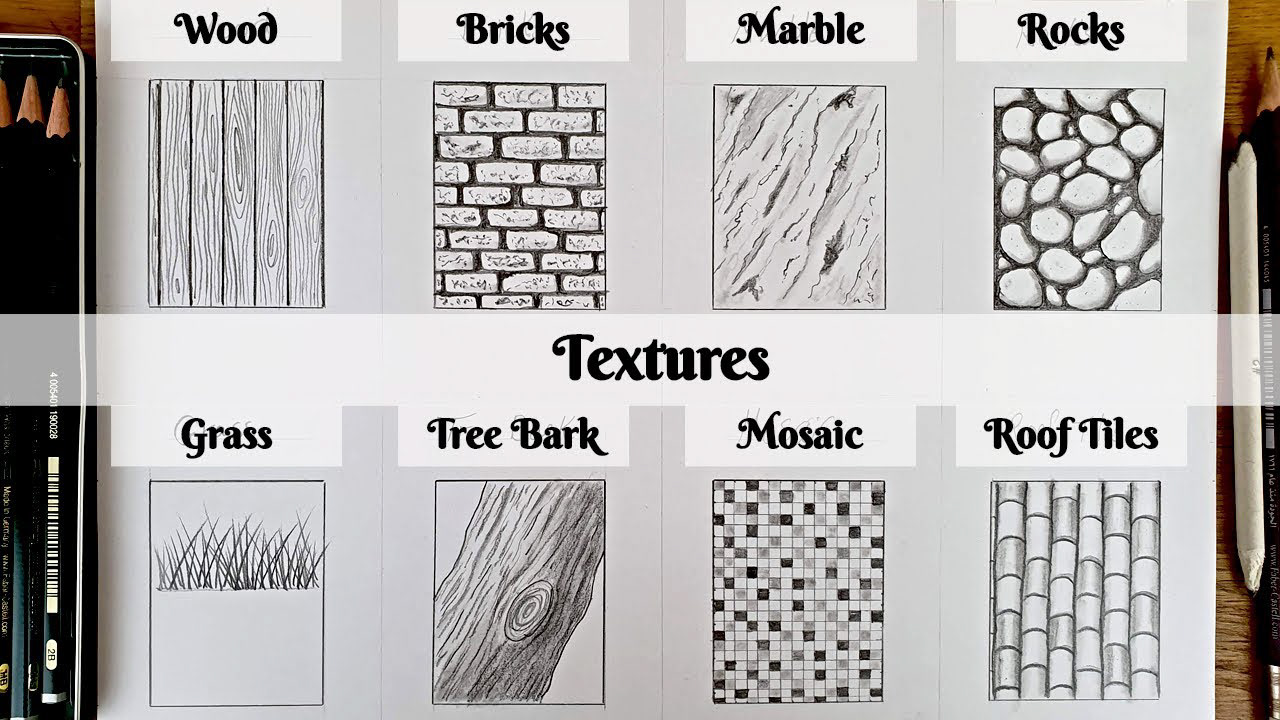
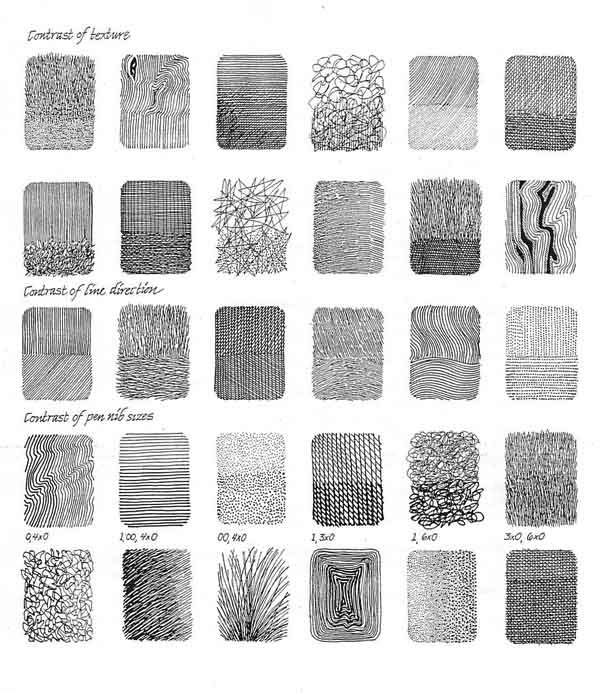
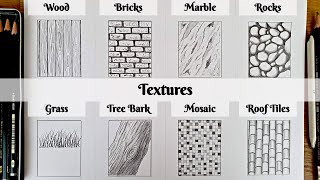

Hatching, Stippling, and Shading Techniques
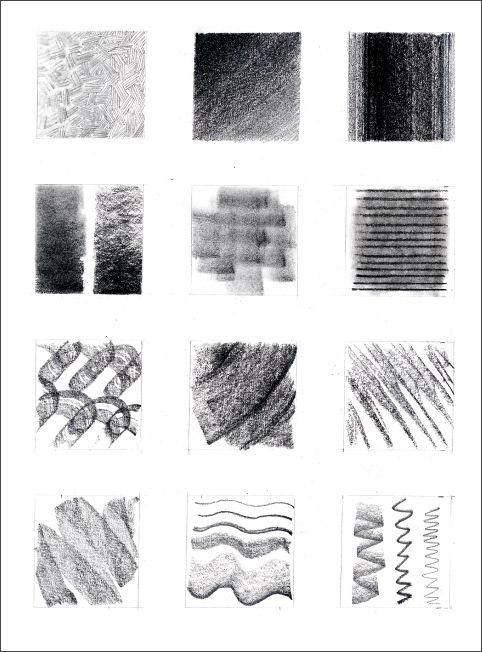
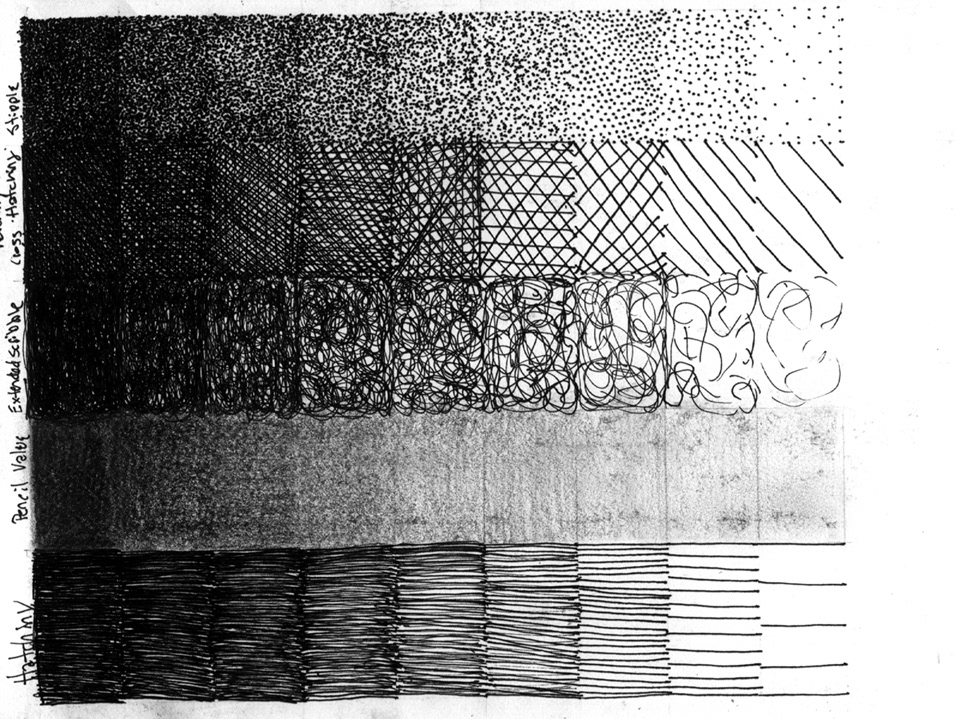
Zentangle Patterns
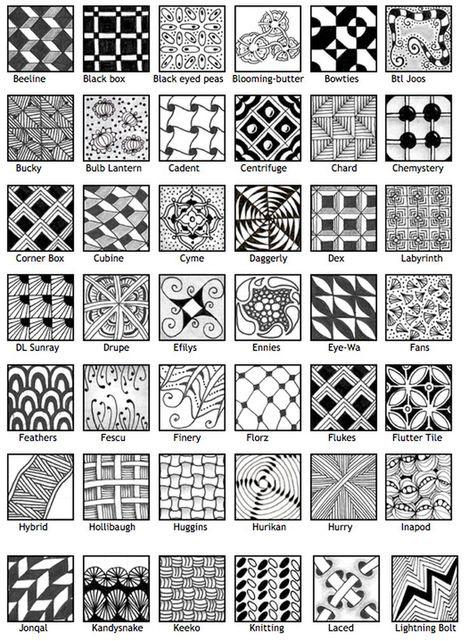
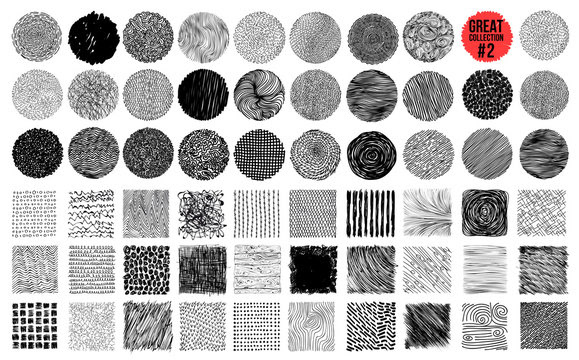
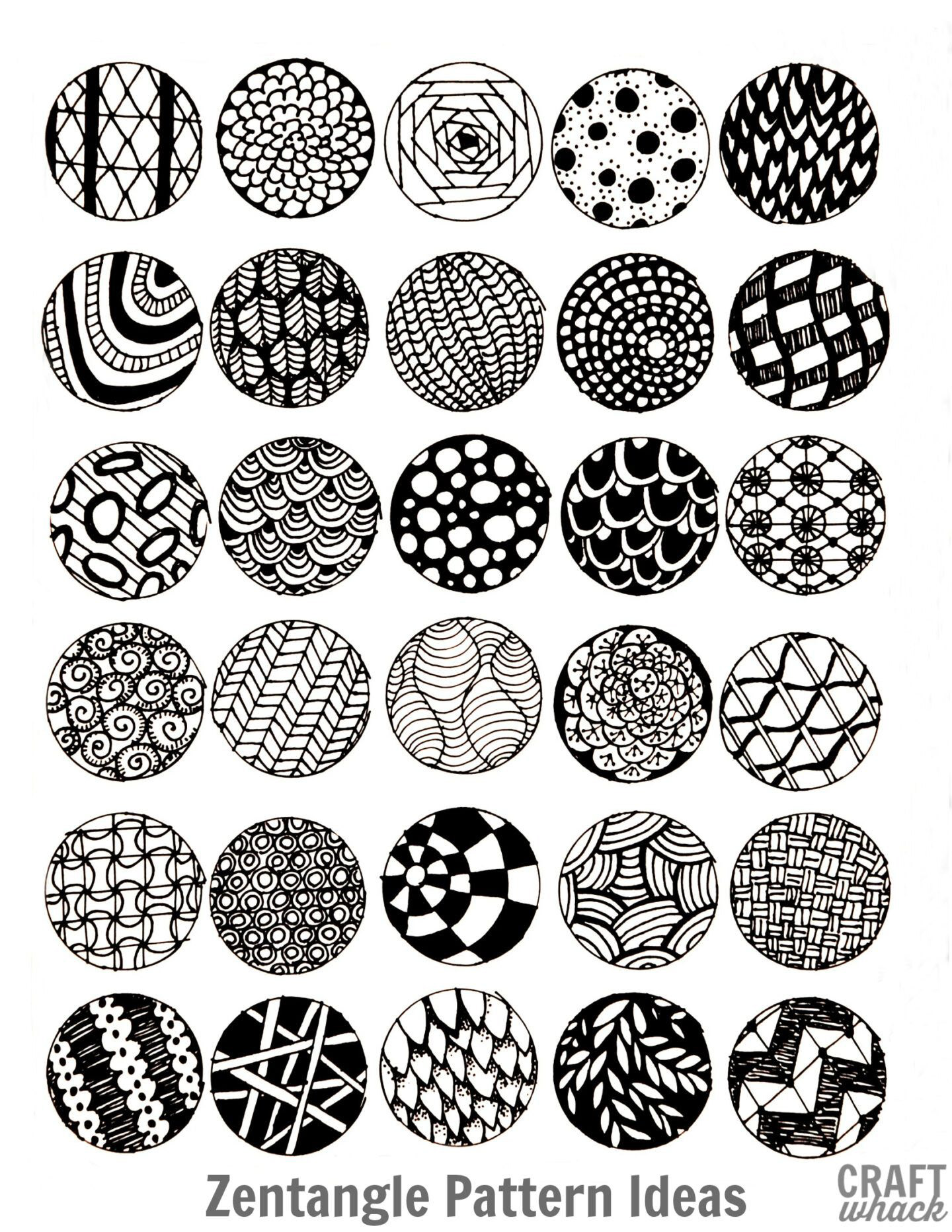
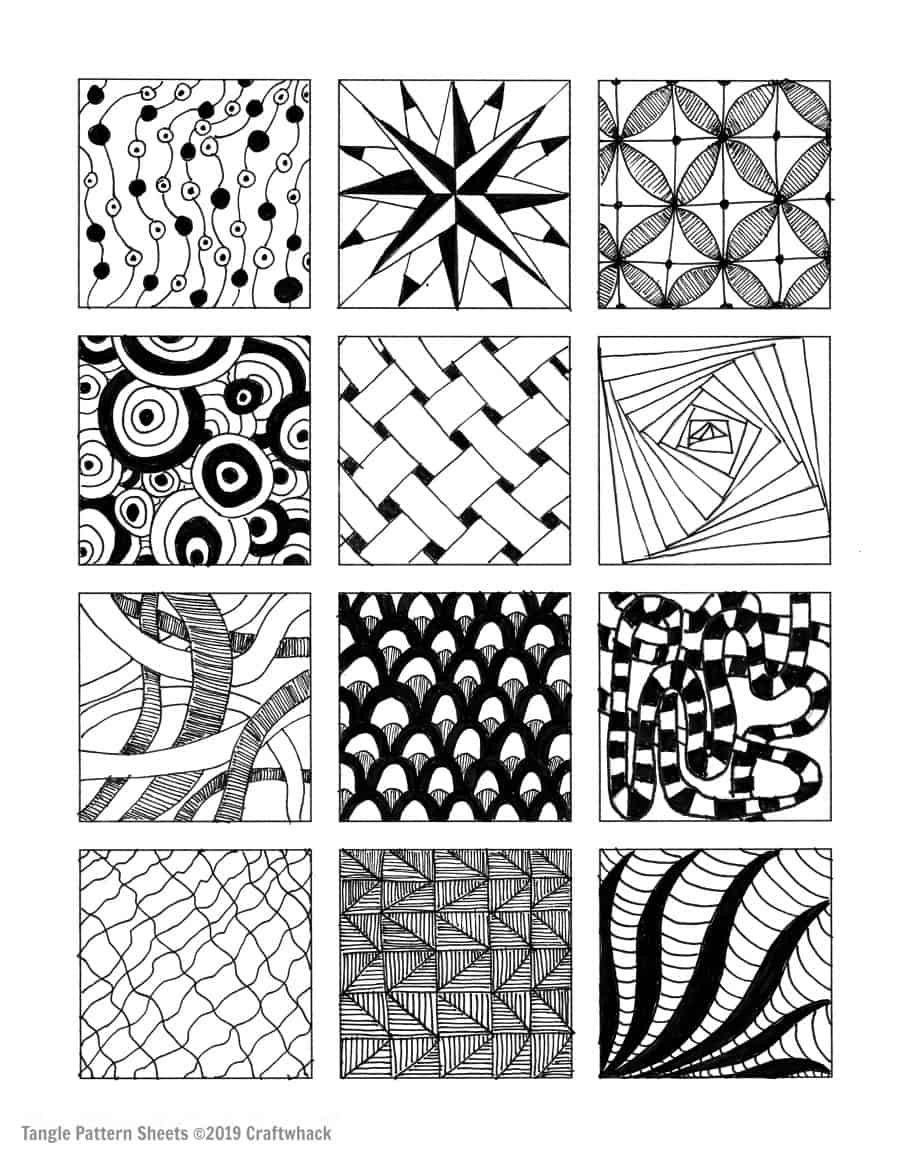
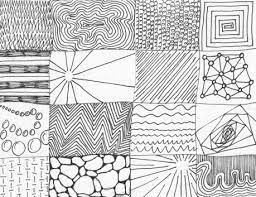

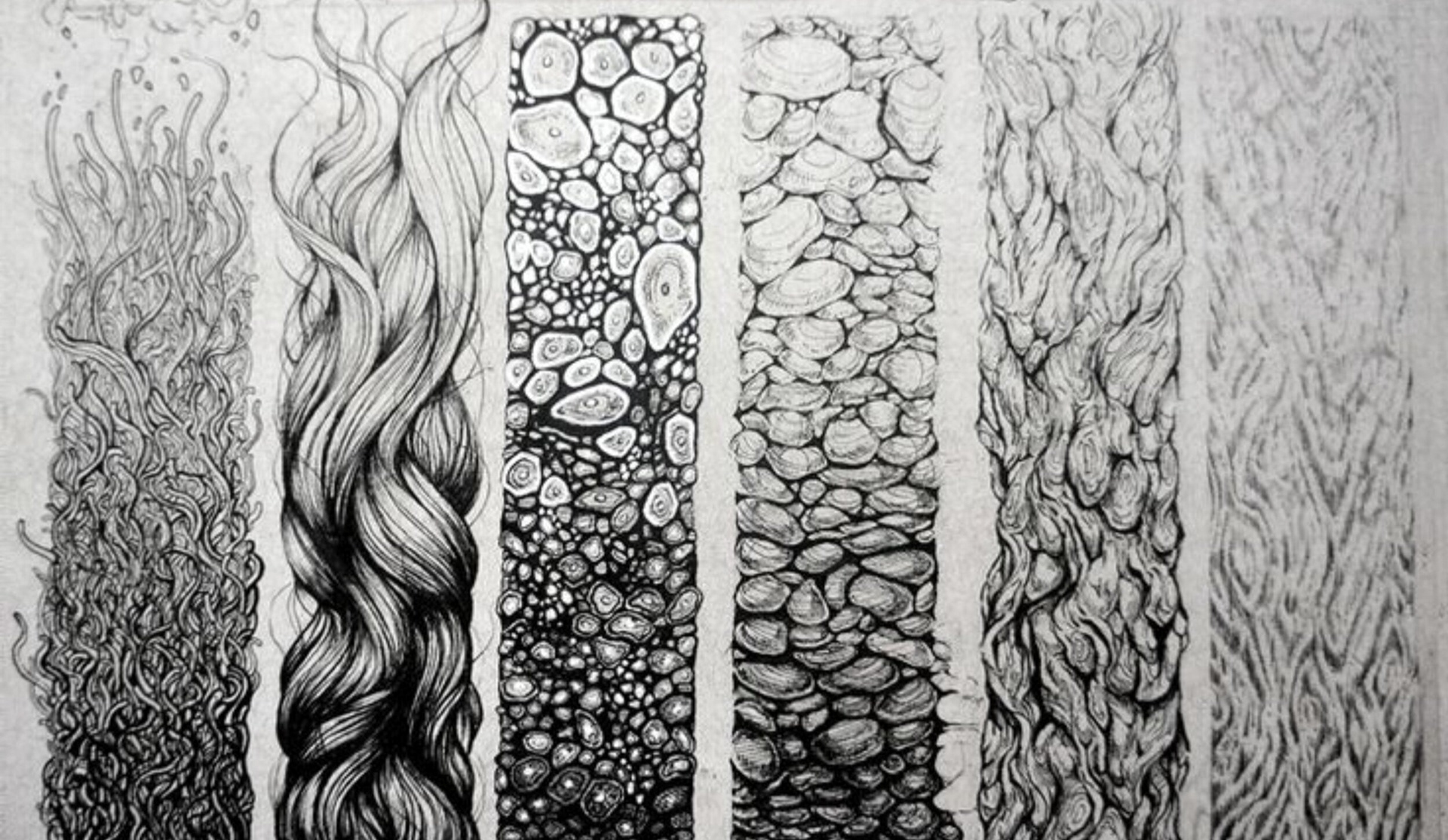


Zentangle Rhythms
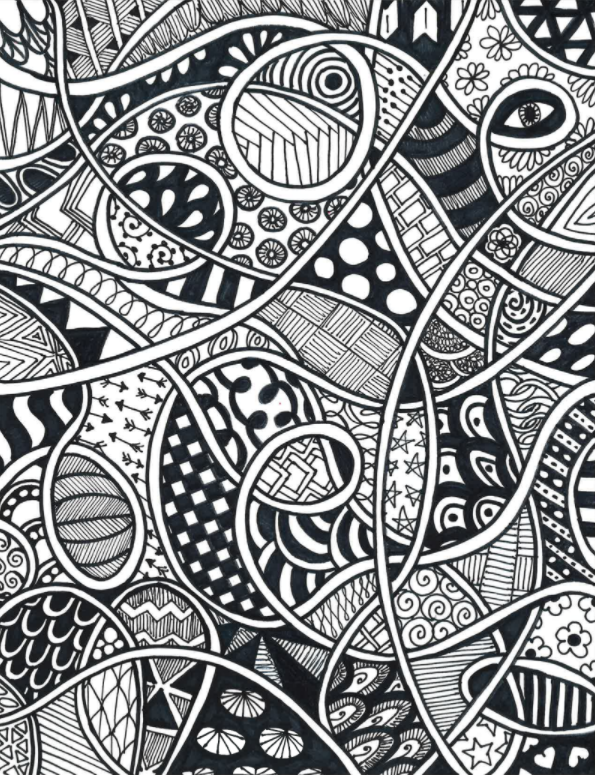
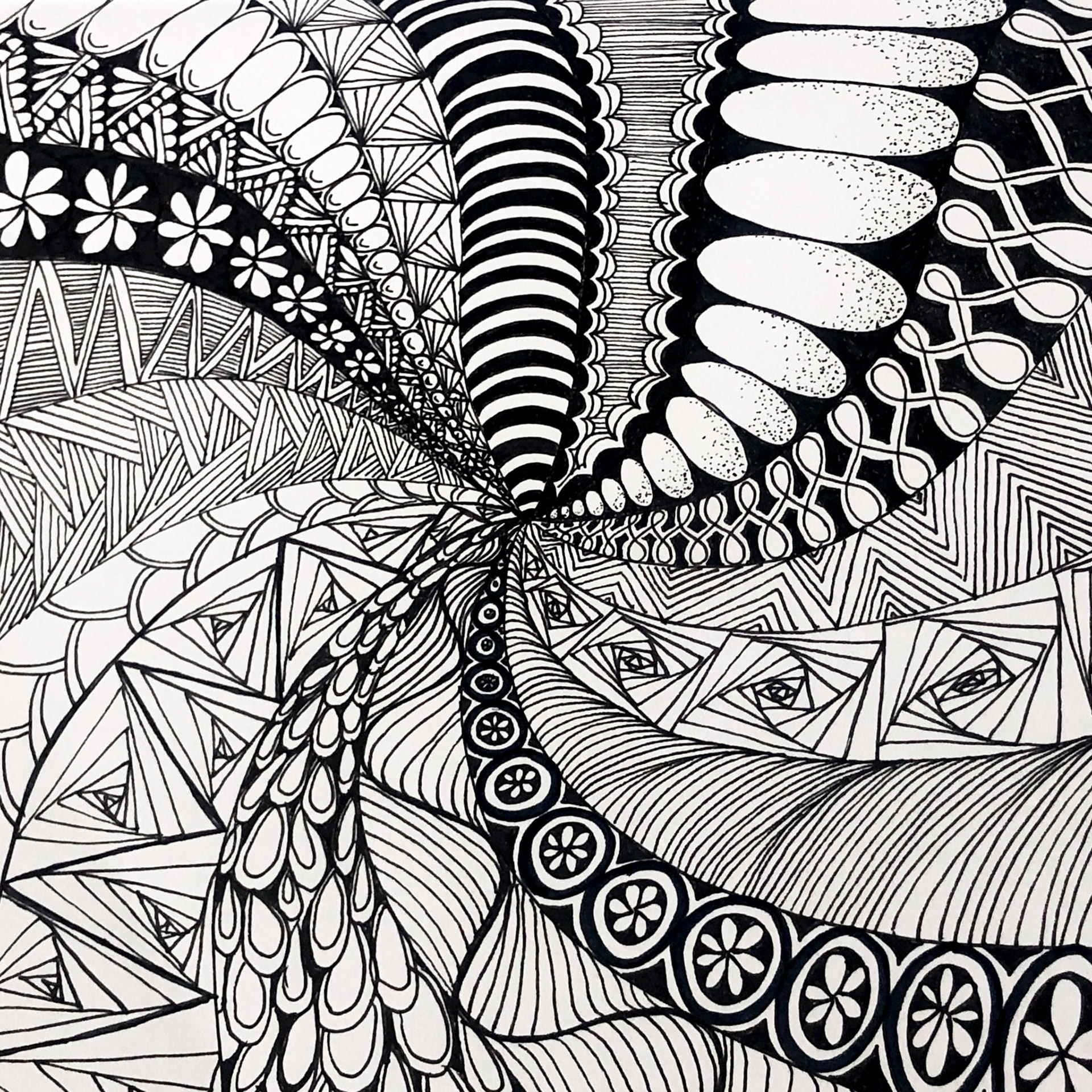
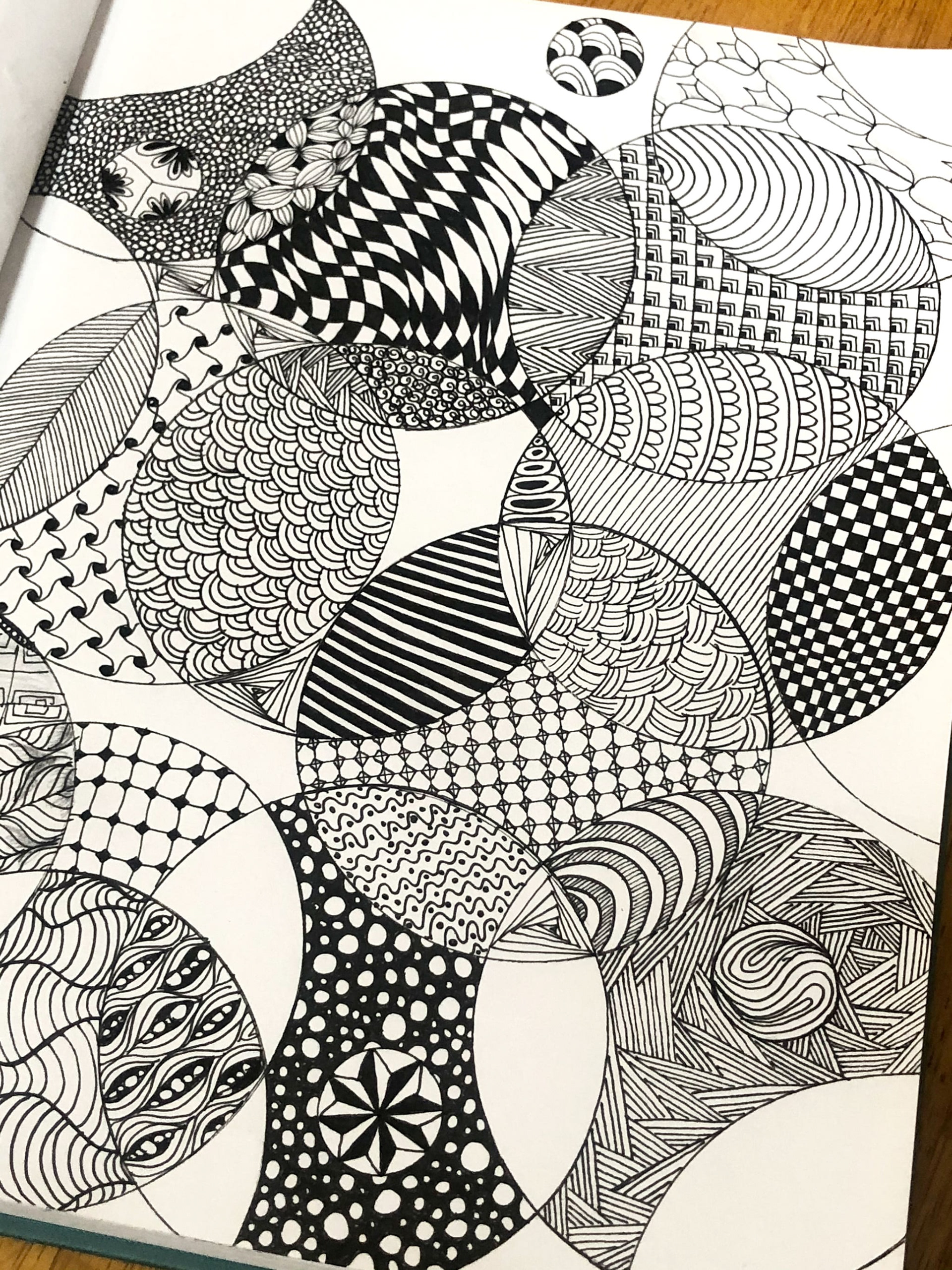
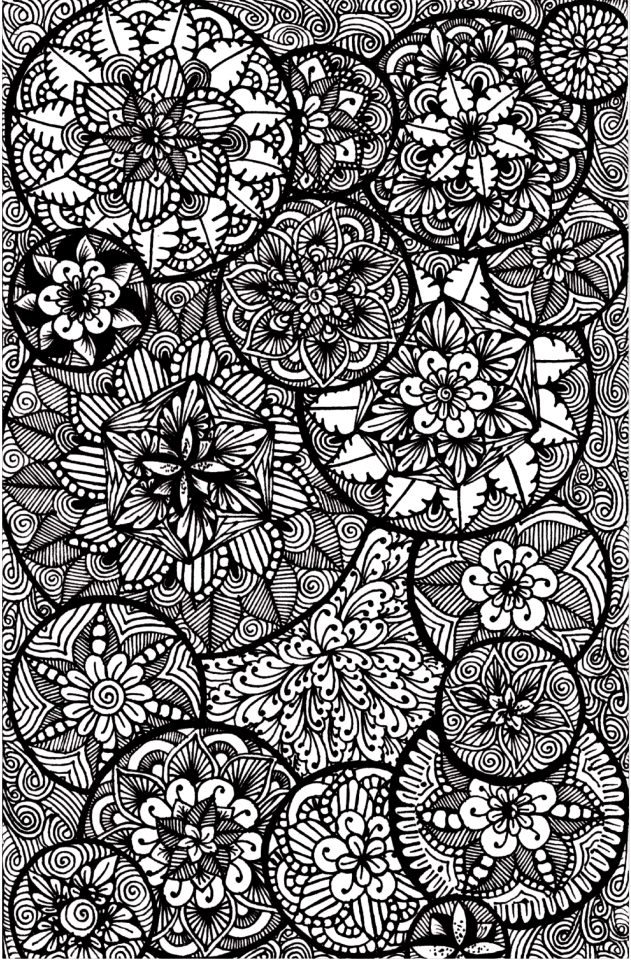
Zentangle Animals
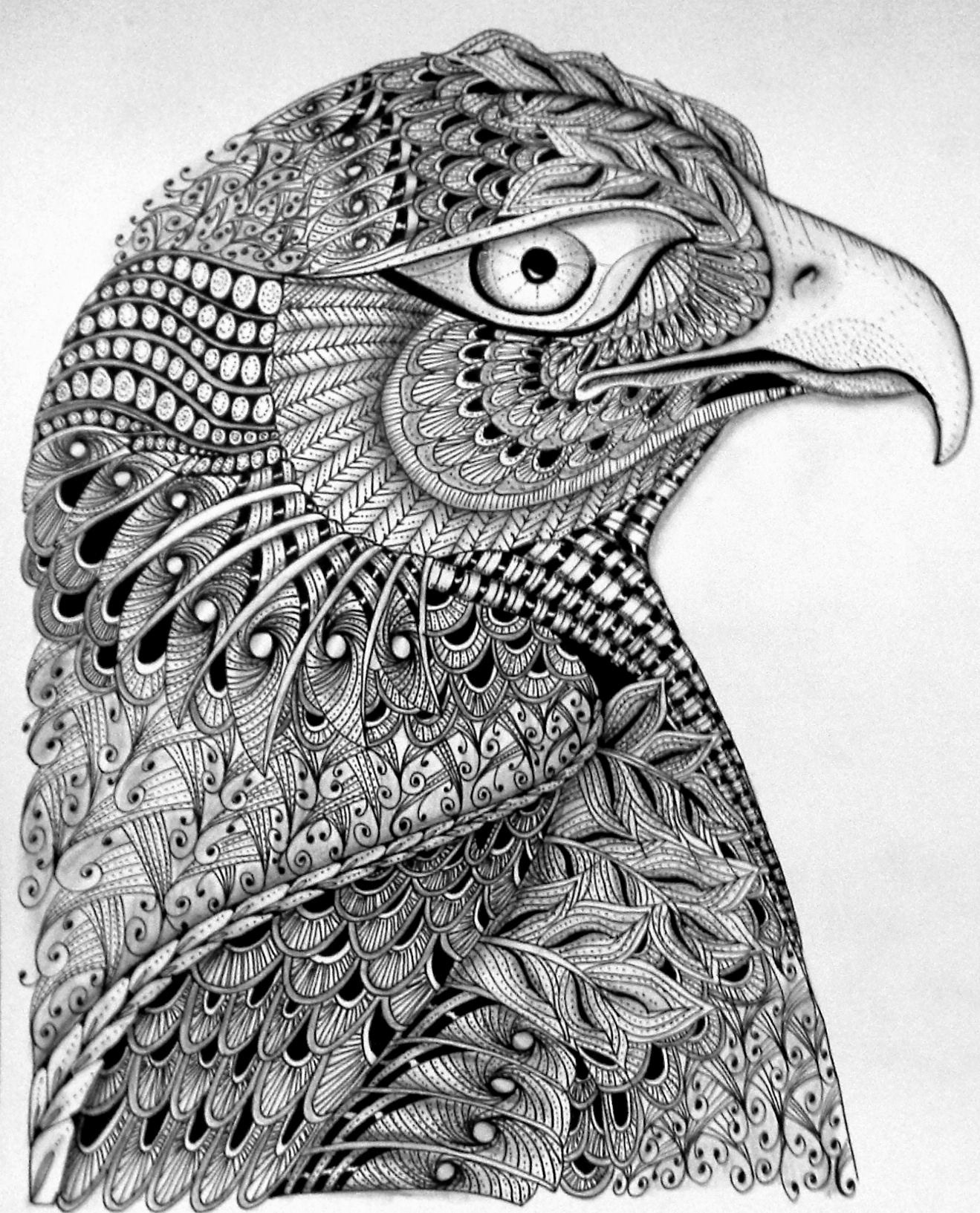
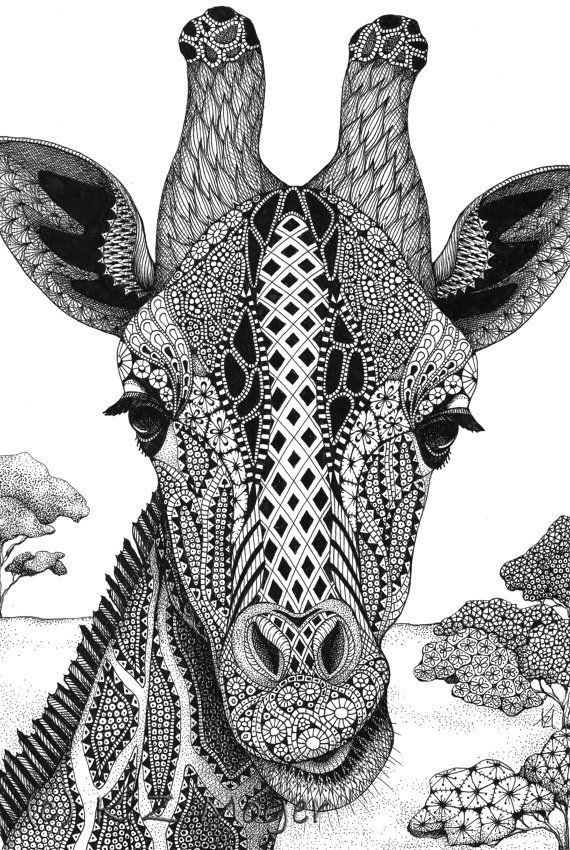
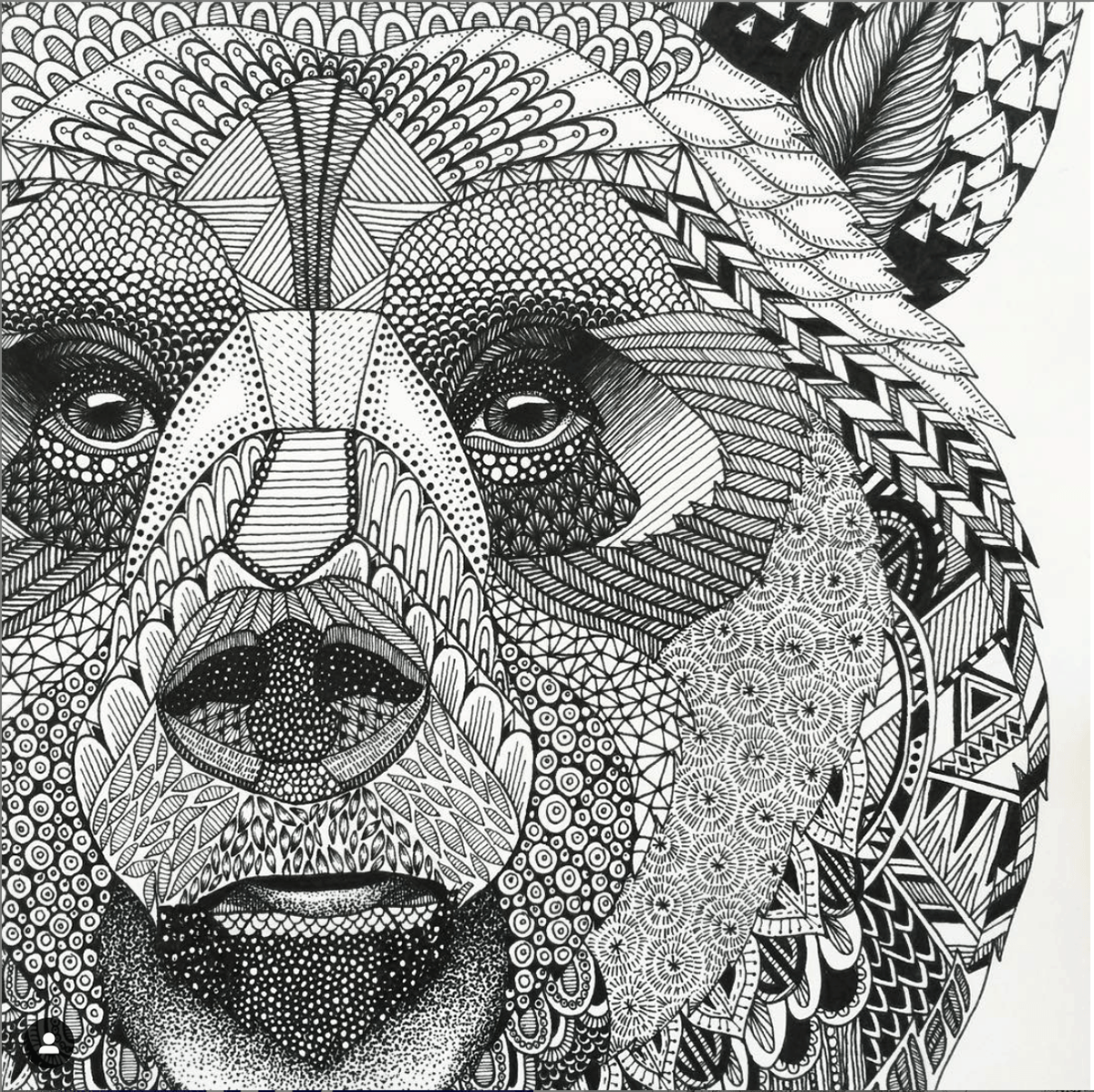
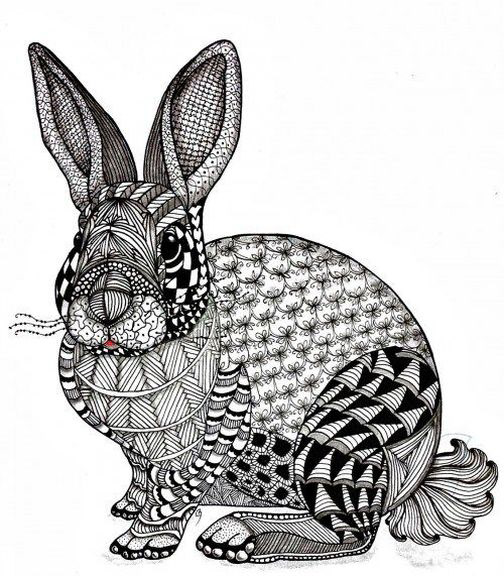
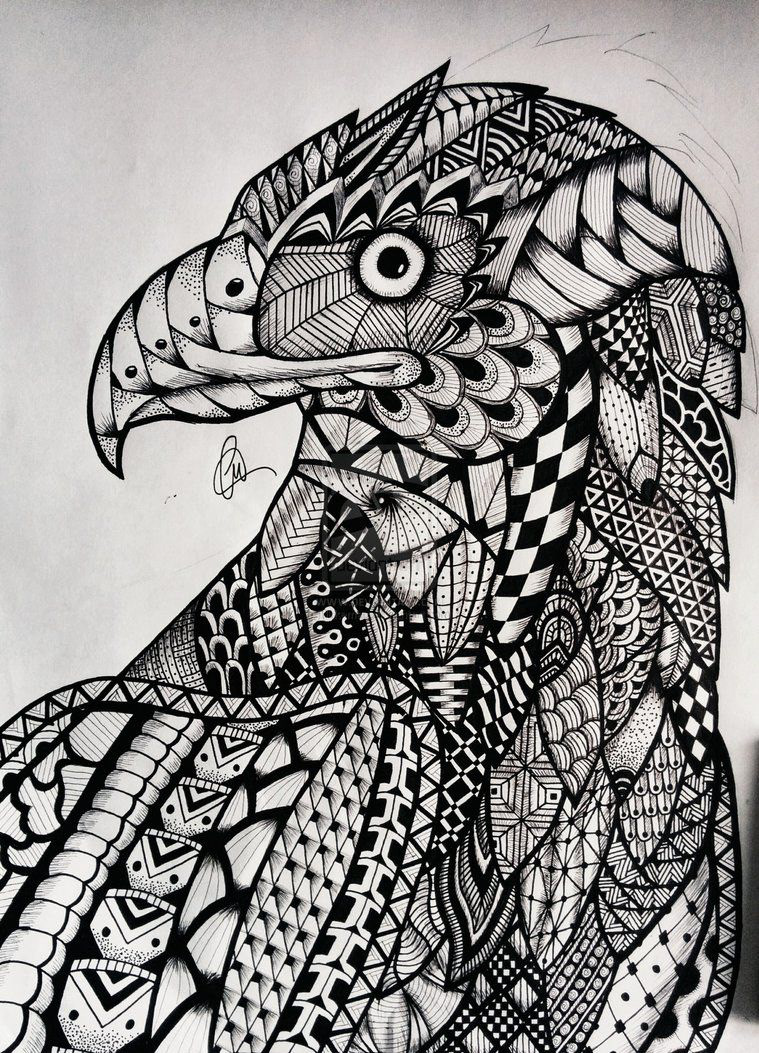
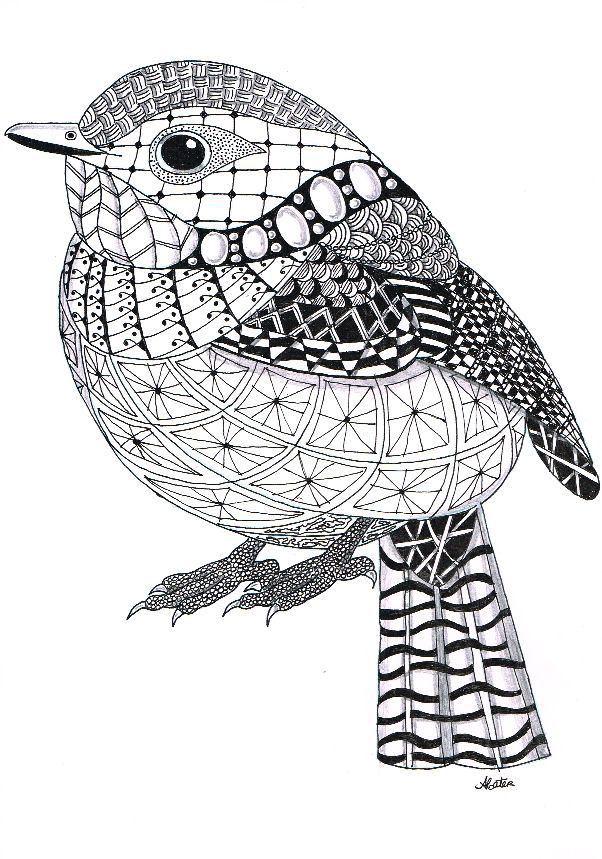
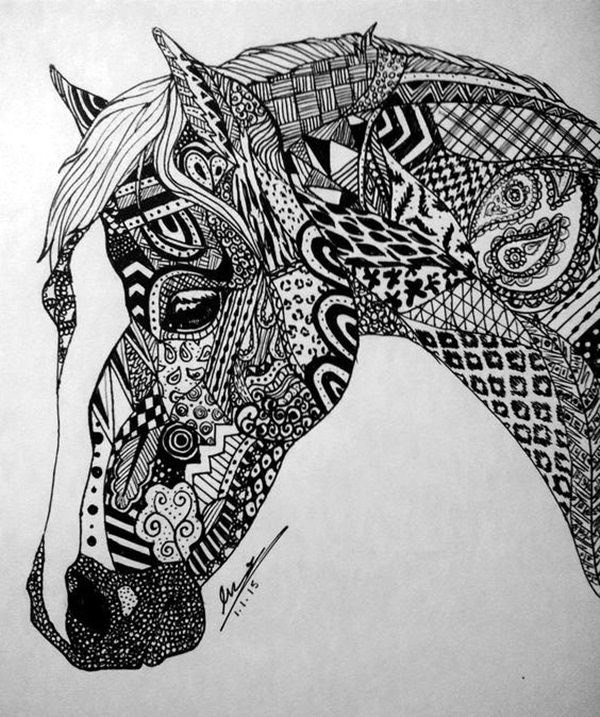
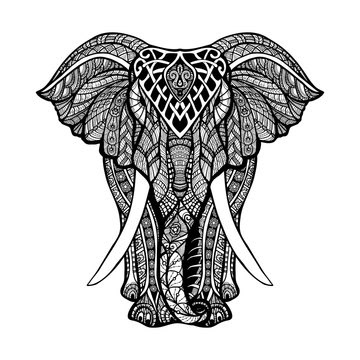
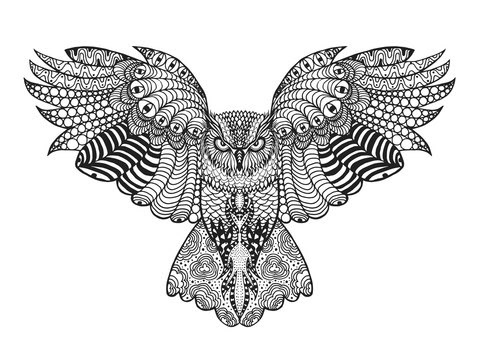

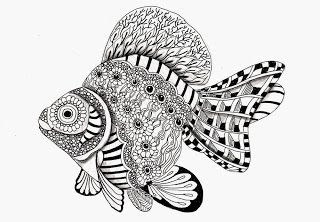


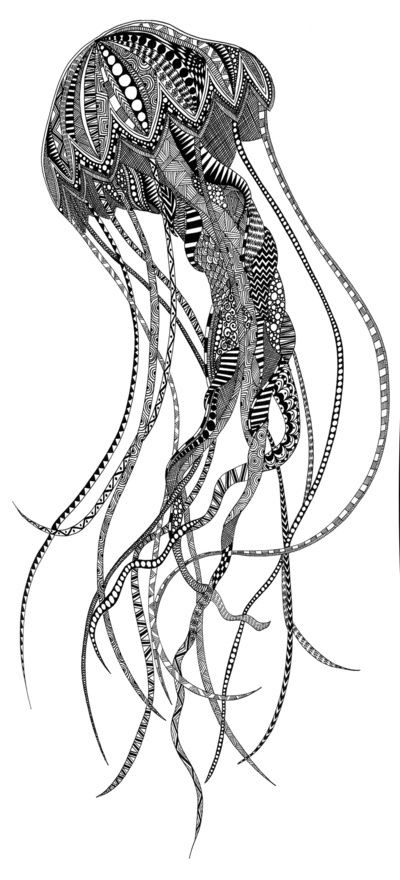
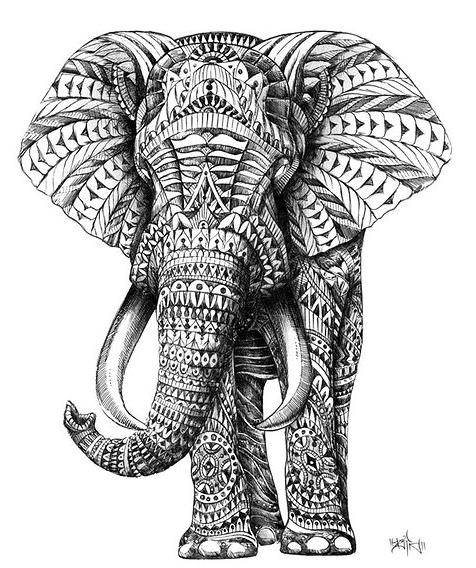
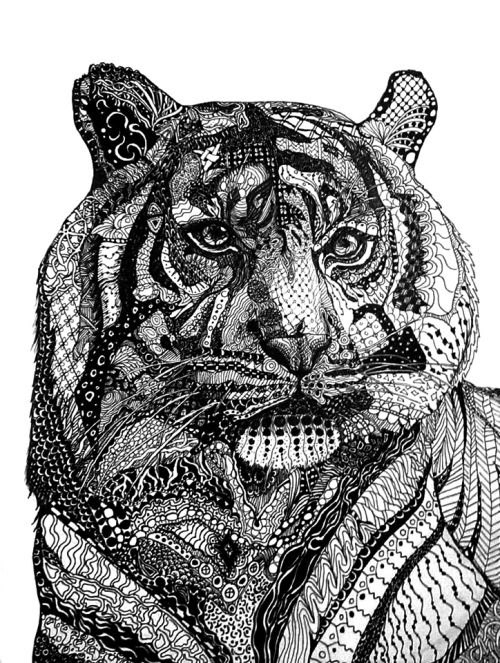
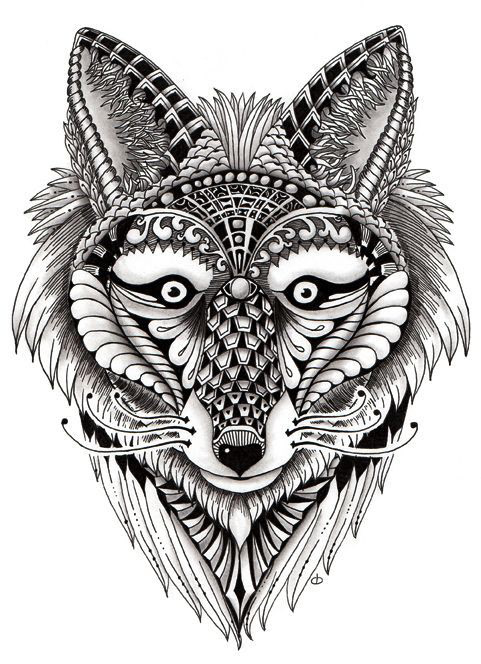
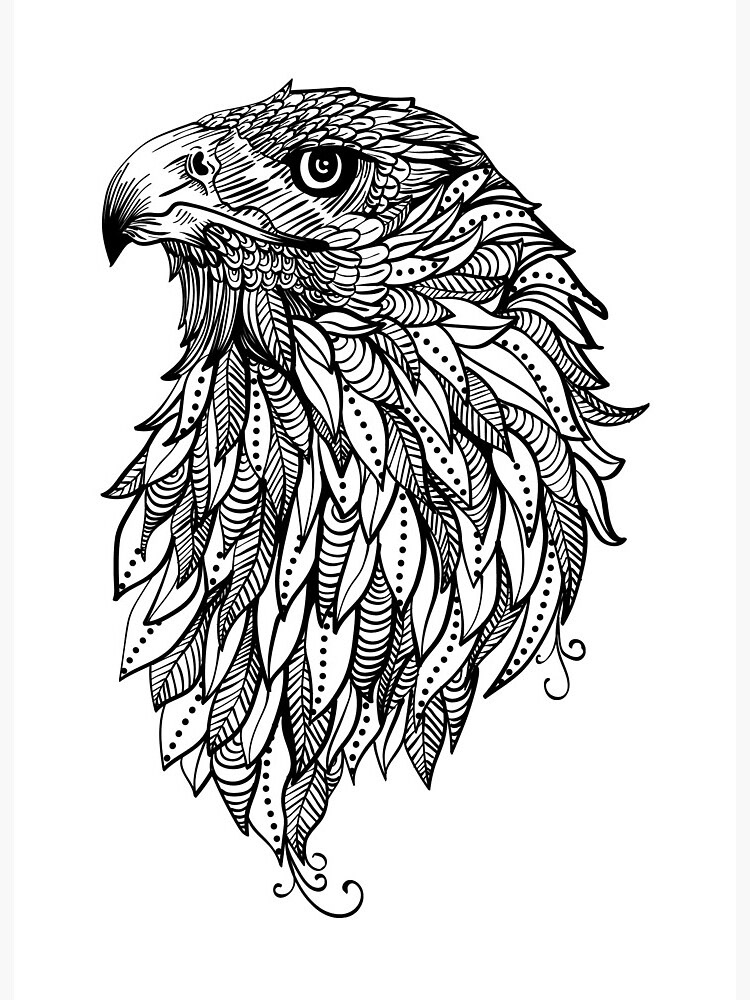
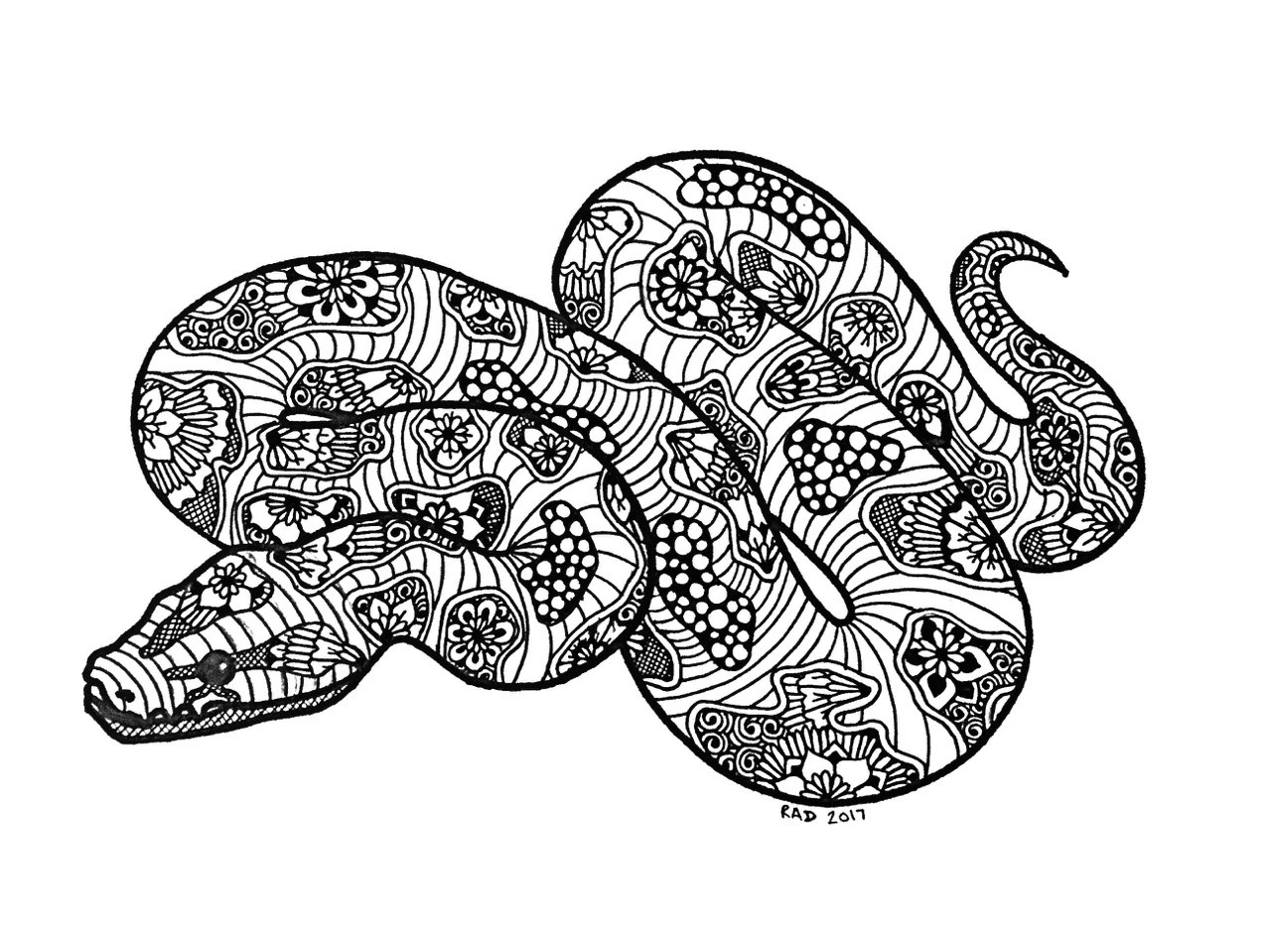
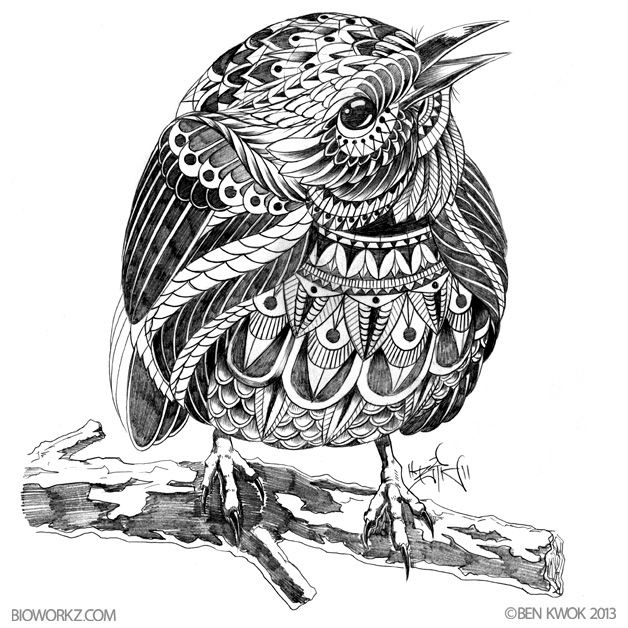
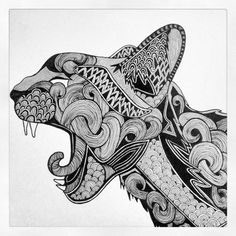
Charcoal
Types of Charcoal
There are three popular types of charcoal. All are used for drawing, but each has special qualities that make them appropriate for different points in your art.
Willow and vine charcoal — Willow and vine charcoal comes in long, wispy strips. It is the most delicate of the charcoals, and you don’t have to press very hard on your page to use it. This makes it best for quick sketches, where you’re trying to capture something as it’s happening; your hand will glide across the page.
Because vine charcoal is so delicate, (you can easily crush it between two fingers) you can’t get as dark as you would with other types of charcoal. If you’re going to use it for a more polished drawing, you’ll want to reserve it for the lighter values.
Compressed charcoal — Compressed charcoal has a very similar structure to chalk pastels. It is powdered charcoal held together with a binder of gum or wax. This type of charcoal is harder than willow and vine, and it will maintain its shape as you draw. Because of this, it’s great for details in a charcoal drawing with fine lines and textures.
Compressed charcoal comes in sticks or its more popular pencil form. The pencil is very handy because you can sharpen to get a nice point.
Powdered charcoal — Vine and compressed charcoal are both in stick form and can be held in your hand. Powdered charcoal, in contrast, is exactly how it sounds—it’s dusty. To use this, you’ll want to have a paintbrush or cloth handy and be prepared to get messy.
Kneaded eraser — In a charcoal drawing, a kneaded eraser is another way to give your work depth. This special type of eraser looks like putty and is soft, too. It can be pulled and stretched into all different shapes, making it easy to dab it on the paper to pick up the charcoal powder.
A popular technique with a kneaded eraser in charcoal art is called reductive drawing. In this style of drawing, you are using the eraser to take away the powder and build form. This is great for highlights.
To clean a kneaded eraser, simply pull it apart until it returns to its natural gray color.
10 tips for using charcoal
Pastels
Acrylic Paint
Paint Brush Types
Watercolors
Oil Painting
More Painting Tips, Tricks, and Techniques